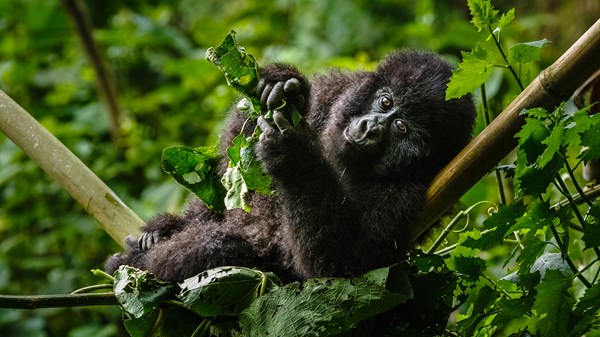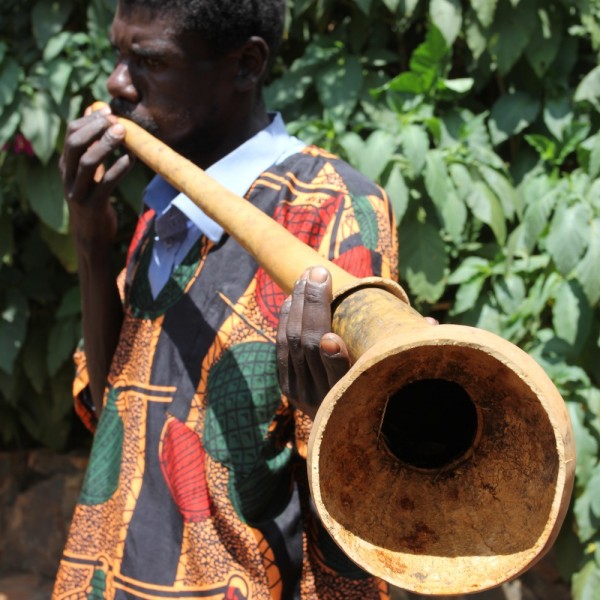After Conservation efforts, new World wide Fund survey (WWF) indicates that critically endangered mountain gorillas have increased in numbers- upto more than 1,000 making them the only great species to grow large in numbers world-wide.
The fund says mountain gorrillas have grown from 604 down from 480 by 2010 in the Virunga region, a hilly area comprising parts of Rwanda, Uganda and Congo.
Combined overall population is 1,004 – latest figures from the gorrillas’ other home, Bwindi Impenetrable National Park.
Ugandan officials say they expect a rise in the Bwindi population when the results of a recent, separate survey there are released.
‘When I first visited the mountain gorillas in 1979, the situation was dire; the number of these remarkable animals was dreadfully small, said Fauna & Flora International vice-president and WWF-UK ambassador, Sir David Attenborough.
‘It is incredibly heartening therefore to see how the efforts of so many different groups – communities, governments, NGOs – have paid off.
‘The threats to mountain gorillas haven’t disappeared entirely, of course, so now the challenge must be to ensure that these achievements are sustained long into the future.’
One of the most important conservation sites in the world, Virunga Park covers 7,800 square kilometres (3,000 miles) along a swathe of eastern DR Congo abutting the border with Uganda and Rwanda.
It also covers most of Lake Edward and the Ishasha river valley.
Established in 1925, Virunga is home to mountain gorillas, as well as to eastern lowland gorillas, chimpanzees, okapis, lions, elephants and hippos.

Mountain gorillas are popular with tourists.
The region’s population, however, dropped sharply in the past century because of poaching, illness and human encroachment.
‘This represents one of the rare success stories in conservation,’ Martha Robbins, research scientist and gorilla expert at the Max Planck Institute for Evolutionary Anthropology.




